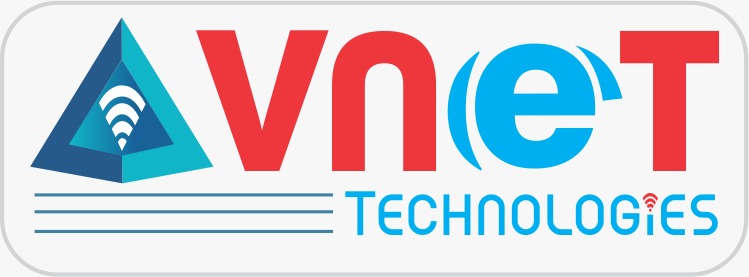
Python full-stack development refers to the process of building both the frontend and backend of a web application using Python and related technologies. If you are new to web development and want to become a full-stack developer with Python, this guide will introduce you to the essential concepts, tools, and technologies needed to get started.
What is Full-Stack Development?
Full-stack development involves working with both the frontend (what users see and interact with) and the backend (the server, database, and application logic). A full-stack developer is skilled in both frontend and backend technologies, allowing them to build complete web applications from scratch.
Why Choose Python for Full-Stack Development?
Python is one of the most popular programming languages due to its simplicity, readability, and vast ecosystem of libraries and frameworks. Some key reasons to choose Python for full-stack development include:
- Easy to Learn – Python has a simple syntax, making it beginner-friendly.
- Versatile – Used in web development, data science, AI, and automation.
- Strong Community Support – A vast developer community with extensive resources.
- Powerful Frameworks – Django and Flask simplify web development.
Technologies Used in Python Full-Stack Development
A Python full-stack developer must be familiar with the following key technologies:
- Frontend Development (Client-Side)
Frontend technologies define how the website looks and behaves for users. Some essential frontend technologies include:
- HTML – The structure of web pages.
- CSS – Styling and layout.
- JavaScript – Adds interactivity to web pages.
- Frontend Frameworks – React, Vue.js, or Bootstrap to enhance UI/UX.
- Backend Development (Server-Side)
The backend handles the logic, database operations, and user authentication. Python frameworks make backend development efficient:
- Flask – A lightweight micro-framework for building small to medium web applications.
- Django – A powerful framework that follows the Model-View-Template (MVT) architecture and includes built-in features like authentication and database management.
- Database Management
Databases store and manage application data. Popular databases for Python full-stack development include:
- PostgreSQL – A robust, open-source relational database.
- MySQL – A widely used relational database.
- MongoDB – A NoSQL database that stores data in JSON-like documents.
- Version Control and Deployment
To collaborate with teams and deploy applications, you should learn:
- Git & GitHub – For version control and collaboration.
- Docker – For containerizing applications.
- Heroku / AWS – For deploying web applications.
Steps to Become a Python Full-Stack Developer
- Learn Python Basics
Start by understanding Python syntax, loops, functions, and object-oriented programming.
- Master Frontend Technologies
Learn HTML, CSS, and JavaScript. Practice building static websites.
- Learn a Python Backend Framework
Choose either Django or Flask and learn how to create web applications, handle user authentication, and manage databases.
- Work with Databases
Understand how to design, query, and manage databases using SQL and NoSQL solutions.
- Use APIs and RESTful Services
Learn how to create and consume RESTful APIs to enable communication between frontend and backend systems.
- Build Projects
Practice by building projects like a blog website, task manager, or an e-commerce application.
- Deploy Applications
Deploy your projects on cloud platforms like Heroku, AWS, or DigitalOcean.
Conclusion
Python full-stack development is a rewarding career path with endless opportunities. By mastering frontend, backend, and database technologies, you can build powerful web applications and become a proficient full-stack developer. Keep learning, experimenting, and building projects to enhance your skills!
